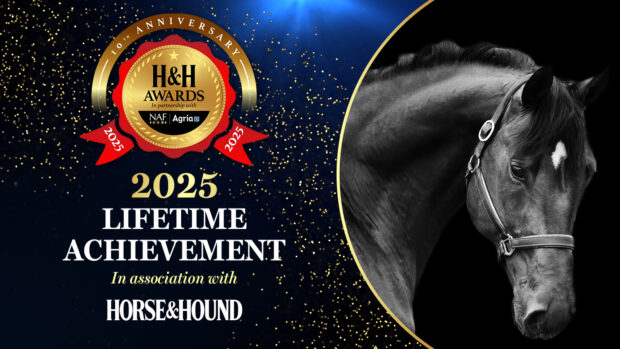More articles on teeth
Find an equine dentist
Parrot mouth is the most common form of overshot jaw — this means the upper jaw is relatively longer than the lower jaw. Occasionally the reverse is true, producing a syndrome known as sow mouth.
Severe cases of parrot mouth can be treated using fixed dental or orthodontic appliances.
These surgical treatments are appropriate in foals from four weeks to six months of age, where there is still potential for growth of the mandible and incisive bones.
The fitting of such a device is a surgical procedure and there is a requirement for careful nursing in the post-operative period. The surgical procedure involves retarding the growth of the incisive bones and maxilla using stainless steel tension bands.
The tension band wires are introduced through a surgically created incision in the cheek, avoiding the vessels and nerves. They then pass through the hard palate between the cheek teeth and around the outside of the incisors.
In addition, the direction of eruption of the incisors is diverted from the abnormal overlapping configuration seen in parrot mouth to one that allows the teeth to meet normally. This is achieved using a bite plate prosthesis in the palate of the mouth behind the incisors.
Foals that are suckling find it difficult to accommodate a foreign object in their mouths and consequently they often lose some condition in the first few weeks. Nevertheless, they can adapt swiftly and should be encouraged to start ingesting solid creep feed in addition to milk.
The device is left in place for between 6-12 weeks with the tension in the wires being tightened after six weeks.
Post-operative care necessitates antibiotics and careful nursing.
Early treatment is key
After 12 weeks, the remaining defect is assessed and a decision is made as to whether sufficient correction has been achieved or if a second prosthesis is required.
On average, a correction of between 5-15mm is achieved in the first three months, although this is dependent on the age, breed and conformation of the foal.
But it is important to note that horses with severe defects, where treatment is not undertaken before six months of age, have a poor prognosis.
For the full article on parrot mouths, see the current issue of Horse & Hound (14 January, ’10)
Looking for more articles on teeth?
Find an equine dentist near you



